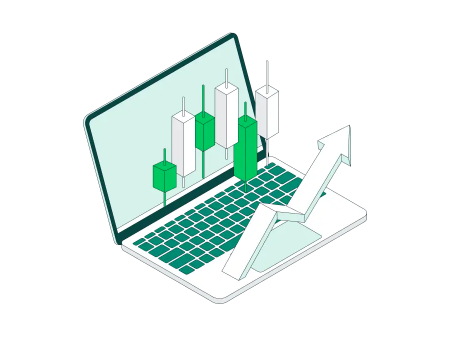Forex Trading Terms: Detailed Explanation of Pivot Points
The forex market operates 24/5, with over $6 trillion traded daily. In this vast ocean of currency pairs, technical analysis tools serve as navigational instruments for traders. Among these tools, pivot points stand out as one of the most reliable and widely used indicators for determining market direction and identifying key support and resistance levels.
Pivot points have been used by professional traders for decades, particularly in floor trading environments where quick decision-making was crucial. Today, they remain equally relevant for CFD trading and forex markets, helping both novice and experienced traders make informed decisions about market entry and exit points.
This comprehensive guide will take you through everything you need to know about pivot points – from basic calculations to advanced trading strategies. Whether you're just starting your trading journey or looking to refine your technical analysis skills, understanding pivot points will provide you with a solid foundation for making better trading decisions.
What Is a Pivot Point
A pivot point is a key price level calculated based on the previous trading day's high, low, and closing prices. Think of it as a benchmark that helps traders determine the overall market sentiment and potential direction for the current trading session.
The concept is elegantly simple: if the current price is trading above the pivot point, it suggests bullish sentiment; if below, it indicates bearish sentiment. This makes pivot points particularly valuable for intraday trading strategies, where quick decisions about market direction are essential.
Pivot points serve as static reference levels – unlike moving averages or oscillators that change with every price tick, pivot points remain constant throughout the trading day. This stability makes them reliable anchors for technical analysis, especially when combined with other indicators.
How Pivot Points Help Predict Market Direction
Pivot points serve as emotional watersheds in the market, providing clear signals about potential price direction and market sentiment. The logic is straightforward: when price respects and reacts to these calculated levels, it demonstrates their psychological significance among traders.
When the market opens above the pivot point and maintains this position, it suggests that buyers are in control, creating a bullish bias for the trading session. Conversely, when the price falls below the pivot point and remains there, it indicates that sellers dominate, creating a bearish outlook.
How to Use Pivot Points in Live Trading
Translating pivot point theory into practical trading strategies requires understanding how to implement these levels effectively on trading platforms and integrate them into comprehensive trading plans. Modern trading platforms like Tradewill make it easy to overlay pivot point indicators directly onto price charts.
Most professional trading platforms offer built-in pivot point indicators. On Tradewill, traders can access these tools through the technical analysis section, allowing automatic calculation and display of all pivot levels. The platform typically highlights the main pivot point in one colour, support levels in another, and resistance levels in a third colour for easy identification.
Common Mistakes When Using Pivot Points
Understanding the limitations and potential pitfalls of pivot point analysis is crucial for developing realistic expectations and avoiding costly trading mistakes. While pivot points are powerful tools, they're not infallible and require proper context and interpretation.
The most common mistake novice traders make is treating pivot points as standalone trading signals. These levels work best when combined with other forms of analysis, including candlestick patterns, volume analysis, and momentum indicators. Successful traders use pivot points as one component of a comprehensive trading strategy, not as the sole decision-making criterion.
For more info:-

.png)
Comments
Post a Comment